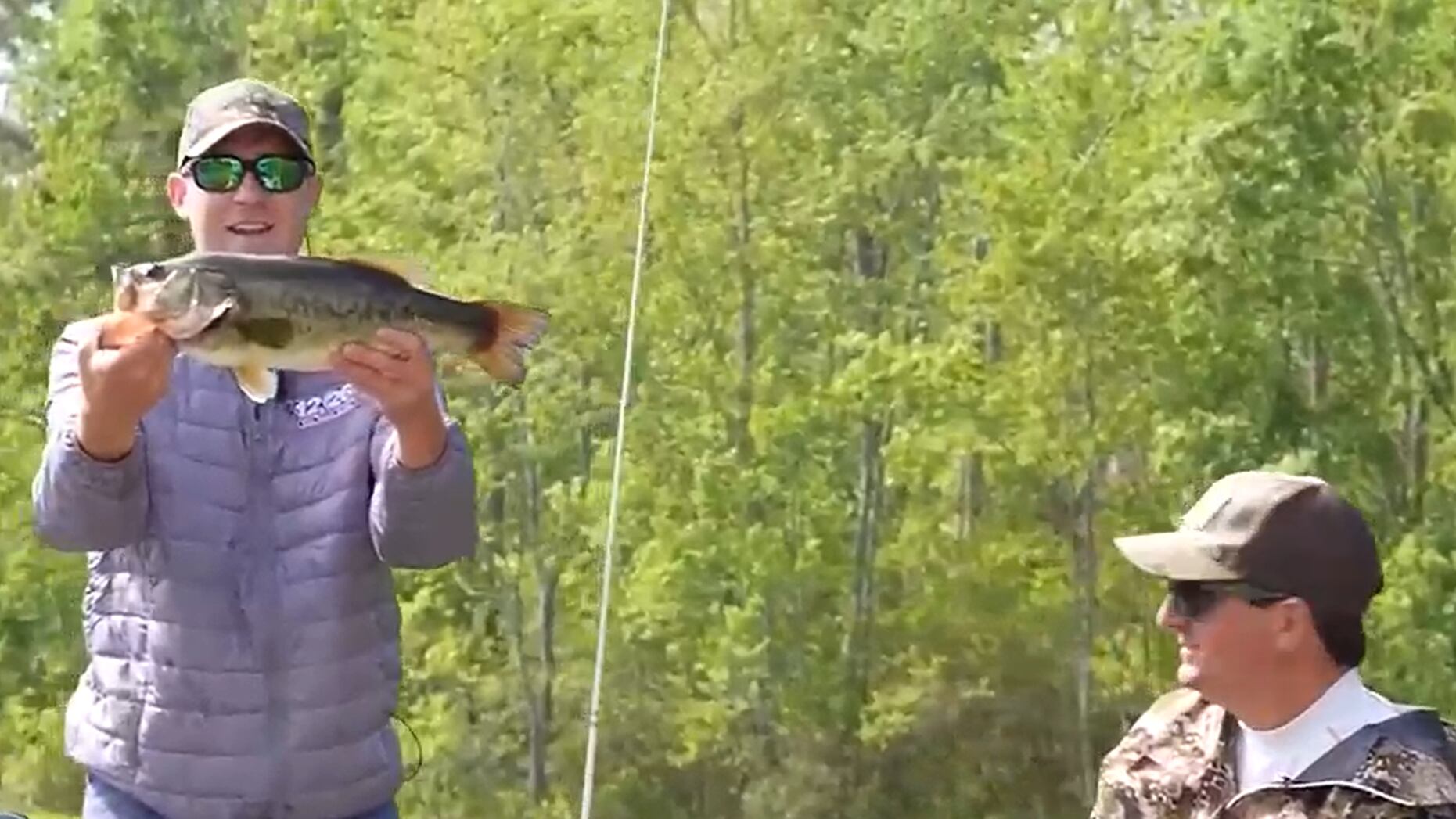Reelin’ With Riley: Tagging along for electrofishing season
DEARING, Ga. (WRDW/WAGT) - On this week’s episode of Reelin’ With Riley, Riley is trading in his fishing pole for a battery.
It’s electrofishing season for the Georgia Department of Natural Resources.
We tagged along for sampling on the Willow Pond at the McDuffie Public Fishing Area.
“Usually electricity and water don’t mix, but with our electrofishing boat, it is a very controlled system,” said Aaron Gray, a fisheries biologist for the Georgia Department of Natural Resources. “So what we are doing is out of the front of the boat, we are putting an electric current out that goes down about 10 feet, and it stuns the fish and doesn’t kill them. It stuns the fish, they float up, and we can net them and identify the species.
Each fish has its length and weight measured to help DNR assess the health and quality of the fish population.
Reelin’ With Riley: Fishing in Burke County
Riley is excited as warmer weather means more fishing in the CSRA.

“The bridge especially has a lot of good largemouth, and a lot of good shellcracker,” said Gray. “The bridge is unique because it has striper and hybrids in it as well. We caught three yesterday that were between 6-8 pounds.”
Georgia DNR samples many other bodies of water around the CSRA, including Clarks Hill Lake and Lake Olmstead.
“Lake Olmstead was a very impressive sample,” said Gray. “Our biggest largemouth was pushing eight pounds. One of the things that impressed me the most was the redear sunfish or shellcracker population. We saw a lot of trophy fish over 10 inches.. I think our biggest was around 13 inches.”
Clarks Hill was sampled last week, and the results were great. Quality largemouth bass, crappie and striper were found in the area.
Spring is a great time of year to sample a lot of fish with electrofishing.
“We do most of our electrofishing in the springtime,” said Gray. “Most of the species are coming up shallower with warming water temperatures. We can efficiently sample a lot of species.”
Copyright 2025 WRDW/WAGT. All rights reserved.















